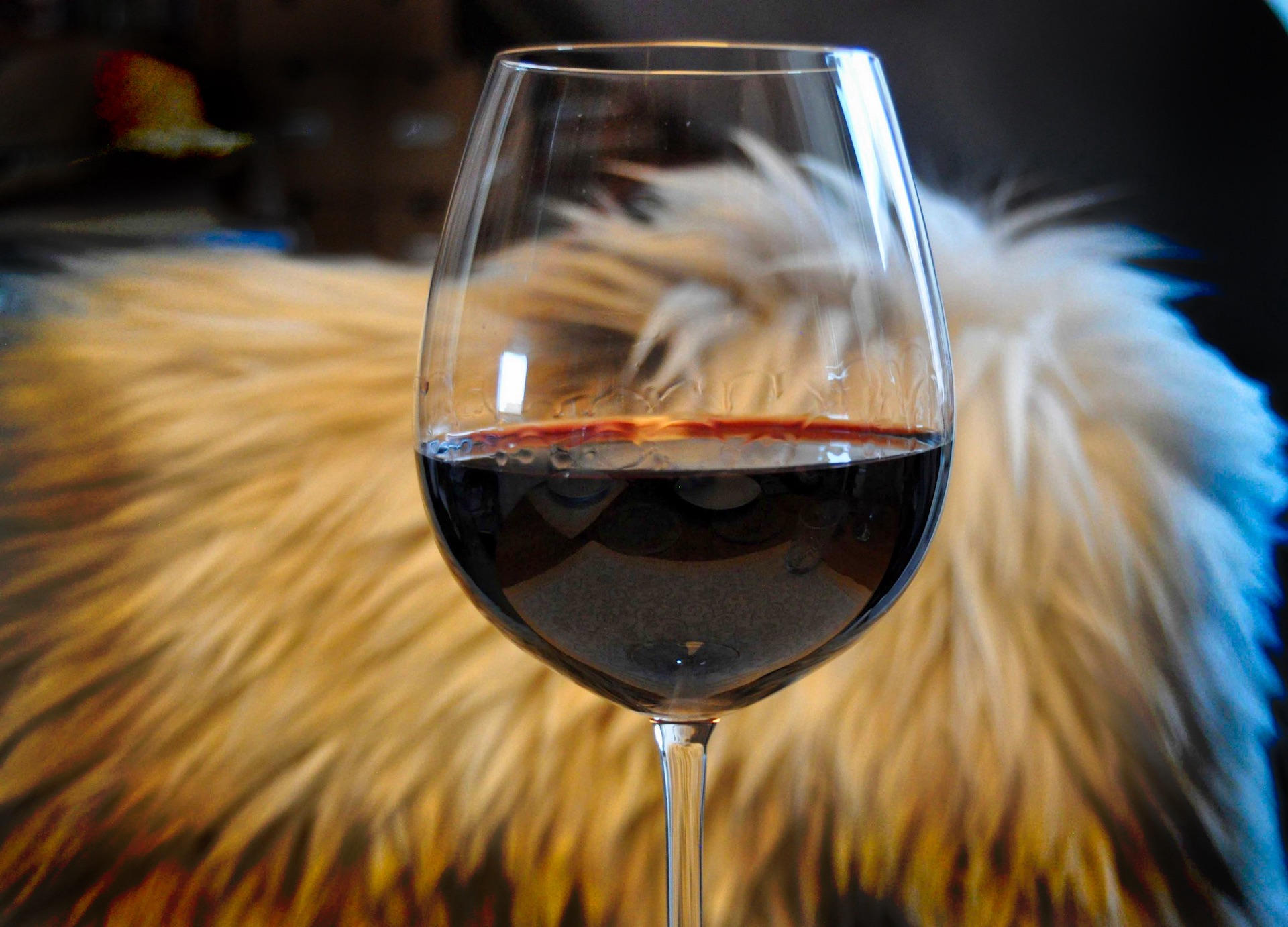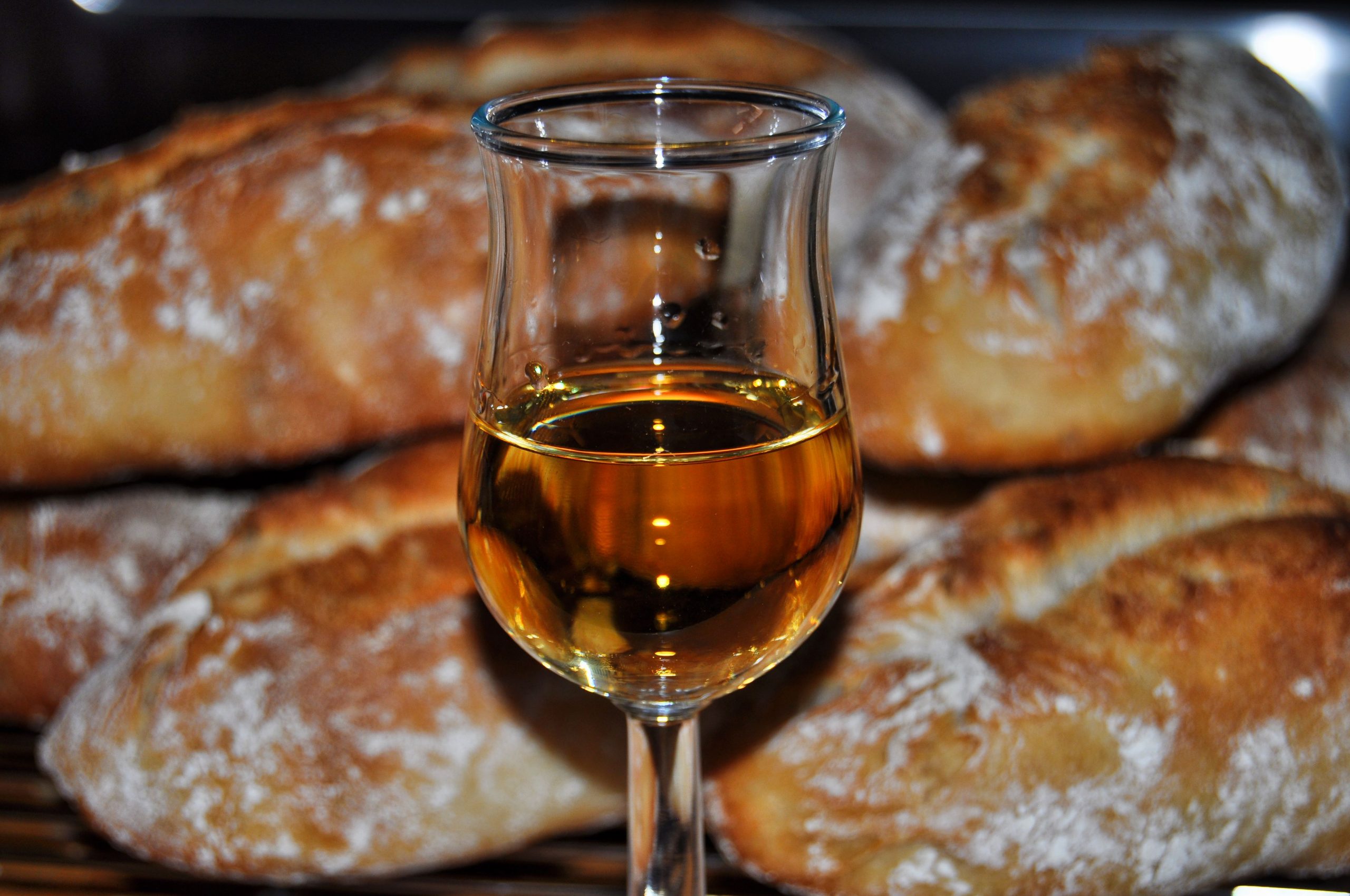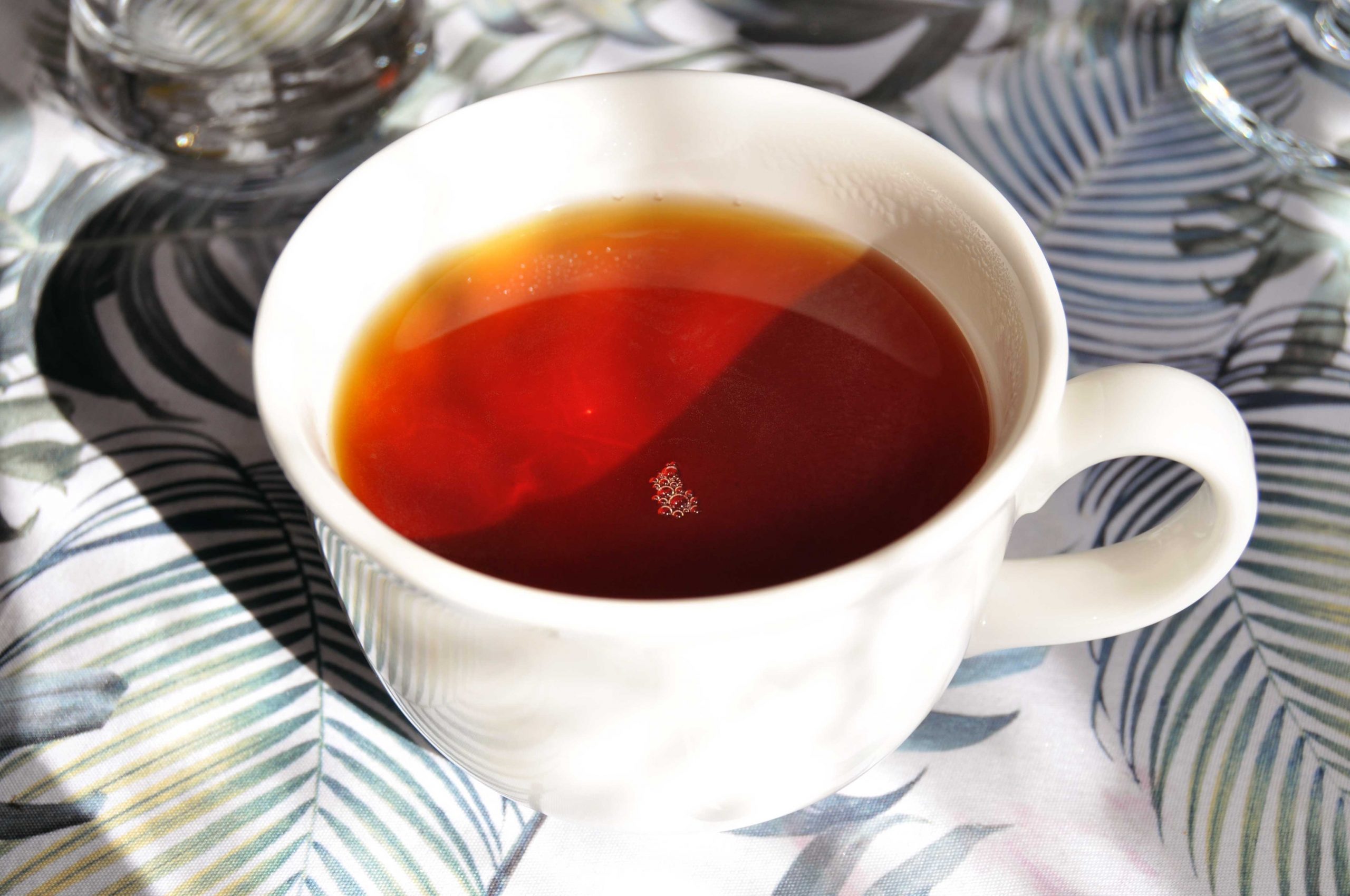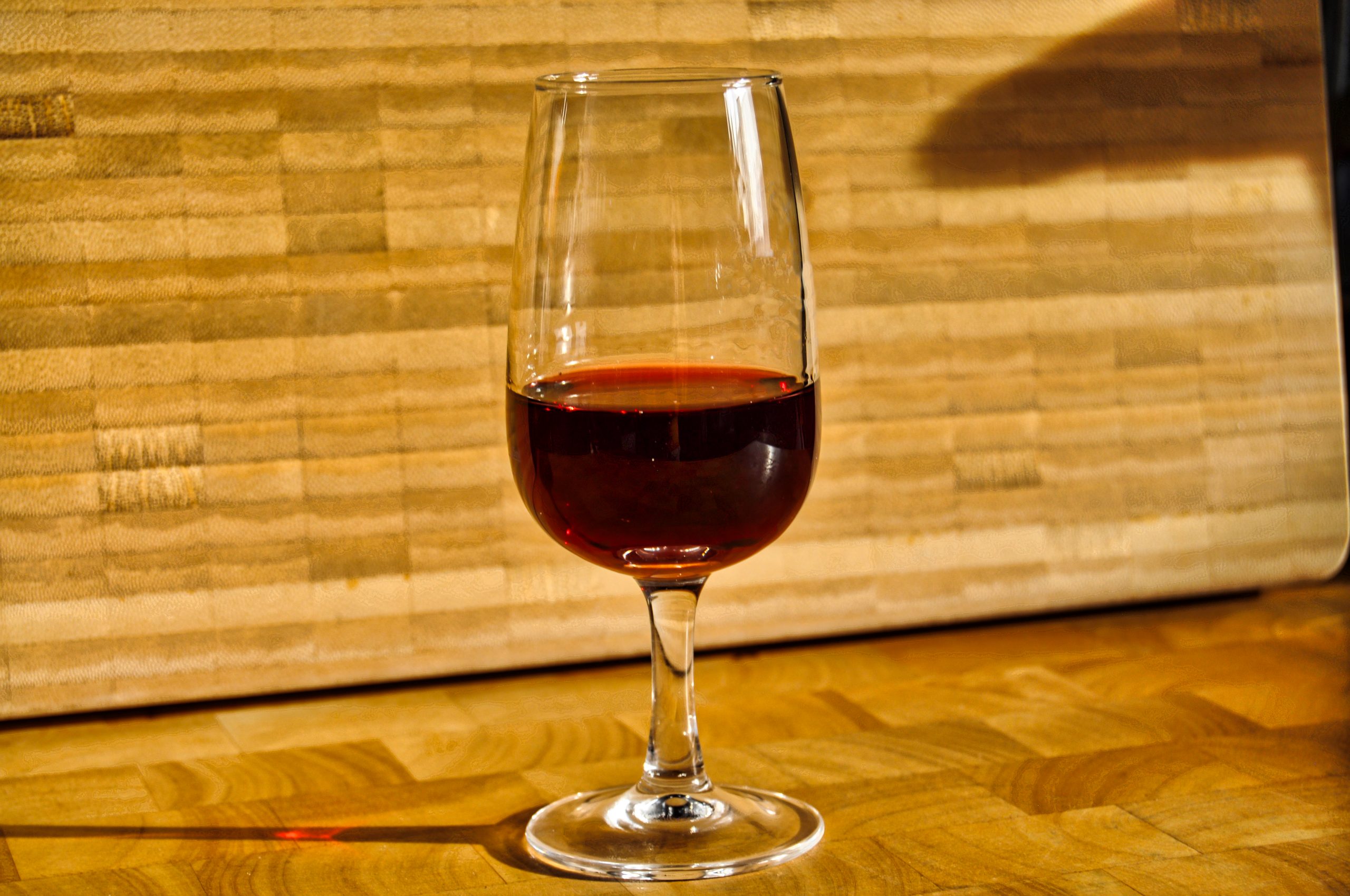The wine-growing region of Bordeaux is considered synonymous with French wine: in the entire world, there is said to be no larger contiguous wine-growing region in which more quality wines are produced – the wine-growing region covers more than 120,000 hectares. All over the world, red wines from the Bordelais, as the wine-growing region around the city of Bordeaux is called, have established themselves as the benchmark for other wine products: if a red wine stands out with a Bordeaux note, it usually belongs to the top wines. It is not without reason that the colour wine red is also often referred to as Bordeaux red – there are numerous situations in which the word “Bordeaux” is used synonymously with “wine”.
Most of the vines in the Bordelais are in the lowlands: a large part of the wine-growing area lies in a region that has been christened “Entre-Deux-Mers”. This means something like “between two seas” or “between two tides”: The name comes from the fact that a large part of the Bordelais winegrowing area is situated in a region that stretches between the two rivers Dordogne and Garonne. But there are also renowned vineyards far away from these central vineyards: In the Médoc region to the north, which is divided into the Haut-Médoc, considered particularly exclusive, and the Bas-Médoc, very renowned wines are produced.
A few centuries ago, wine growing in Bordeaux was almost exclusively in the hands of nobles.
Bordeaux: Not only stock brokers, but also wine brokers
More than four hundred years ago, adventurous Irish, English and Scottish people settled in the region around the city of Bordeaux. The businessmen soon discovered that the region was wonderfully suited to winegrowing – but most of the businessmen initially got involved not as winegrowers but as wine merchants. Due to the activities of these businessmen from the United Kingdom, many châteaux in the Bordelais still trade under English names today.
Many châteaux in the Bordelais go back to foundations in the late 18th and early 19th centuries, when businessmen of British origin settled in the region around Bordeaux.
Most winegrowers in the Bordelais do not distribute their wines themselves: In Bordeaux, there are so-called courtiers (roughly “brokers”) who conduct the negotiations between the wineries and the wine trading houses. The wines are then not distributed by the wineries themselves, but by the trading houses. This type of distribution goes back to historical traditions: a few centuries ago, wine growing in Bordeaux was almost exclusively in the hands of nobles. This is where the term château (meaning “castle”) for a Bordeaux vineyard comes from, as in earlier times Bordeaux vineyards were exclusively located in large castles and country estates. Until the French Revolution in 1789, the vineyards in Bordeaux remained under the control of aristocratic landowners.
The Bordeaux Pyramid
In 1855, there was a major turning point in the history of Bordeaux wines: On the occasion of the Universal Exhibition, the then Emperor Napoleon III commissioned the Chamber of Commerce of Libourne to classify all wine products from Bordeaux into a classification system. The classification system created in 1855 still applies today and is in principle nothing other than a pyramid in which the individual châteaux are classified. The base of the pyramid is formed by the relatively inexpensive 5ième Cru Classé wines and extends upwards to the very exclusive 1er Cru Classé wines. To this day, this pyramid determines in particular the prices that are called for a Bordeaux wine. There is virtually no mobility within this pyramid; the current classifications of all châteaux largely go back to the 1855 regulations. Only when a winery is sold – which does not happen too often – changes occur within this pyramid.
If one drinks a wine from the lowest level of the pyramid – usually labelled Bordeaux AC and Bordeaux AC Supérieur – grapes from the entire Bordelais can be used for the wine.
The second level of the pyramid includes the regional appellations such as Médoc and Haut-Médoc to the north of Bordeaux, as well as Péssac-Léognan and Graves to the south of Bordeaux. In this quality level, the wines are mostly matured in barrique barrels.
At the third level are the local appellations, where only wines from the vineyards around the respective villages may be used. The crowning of the pyramid is the so-called Cru level, in which only the most exclusive wines are classified. This Cru level is divided into 5 levels, from the 5ième Cru to the very coveted and exclusive Premier Grand Cru.
Wine is grown in almost all of the more than 500 communes of the Gironde département – where Bordeaux is located: Viticulture is the decisive economic factor par excellence for this region of France.
Rive gauche and Rive droite
The climate in the Bordelais is significantly influenced by the Gulf Stream and the Atlantic Ocean – the Gulf Stream ensures a warm climate in summer, but the cool Atlantic air provides a fresh breeze every now and then.
Bordeaux wines are divided into rive gauche wines and rive droite wines: rive gauche refers to wines grown on the left bank of the Garonne River and rive droite refers to wines grown on the right bank of the Dordogne River. The climate in the Rive droite area is more influenced by the continental climate and consequently it may get warmer there than in the Rive gauche area. But the two regions do not only differ in terms of climate: the soils in the two wine-growing areas are not alike in any way. While in the Rive droite and in the region between the two Entre-deux-Mers rivers one finds a very loamy and calcareous soil, the Rive gauche is dominated by poor and siliceous alluvial soils. The Cabernet grape variety feels particularly at home on the soils of the Rive gauche, while Merlot predominates in the Rive droite.
In the meantime, a whole culture has developed around collecting and storing antiquated Bordeaux wines – there are individual wines that are considered investment objects.
When the name Bordeaux is written on a bottle of red wine, this usually raises very high expectations of the contents of the bottle: as in almost every wine-growing region in the world, however, there are great differences in the various appellations and regions where Bordeaux wines are grown. Basically, if one is looking for a deep and complex red wine, one can find it at any quality level of the Bordeaux pyramid.
In addition, a great myth has developed around the long storage of Bordeaux wines: Bordeaux wines from first-class sites are stored for several decades and fetch top prices on the market. The long storage of a Bordeaux wine usually results in a positive surprise, but there are exceptions here too: Not any Bordeaux wine can be stored for several decades.
In the meantime, a whole culture has developed around collecting and storing antiquated Bordeaux wines – there are individual wines that are considered investment objects.
Grape varieties and Crémant de Bordeaux
Basically, the grape varieties Cabernet Sauvignon, Merlot and Cabernet Franc dominate in the Bordelais, supplemented here and there by other grape varieties.
The aromas of the various Bordeaux wines are almost infinitely diverse: not only red wines are produced in the Bordelais, but also white wines and rosés. Sparkling wine is also produced in the Bordelais: Crémant de Bordeaux is a blend of the grape varieties Sémillon, Sauvignon Blanc and Muscadelle. Like any Crémant, the Crémant de Bordeaux, like Champagne, must be produced using the bottle fermentation method, but a Crémant by no means has as long a shelf life as a Champagne.
It is not without reason that Bordeaux red wines in particular are considered the benchmark for red wines all over the world: The vine area in Bordeaux is as large as the vine area in all German wine-growing regions. This also explains the volume that the Bordelais producers are able to produce annually: Most of the wines are of the standard commercial qualities of the lower pyramid levels; those who are looking for an exclusive product choose from the local appellations and the crus.
Cover picture: © Simon von Ludwig

 Deutsch
Deutsch Français
Français














